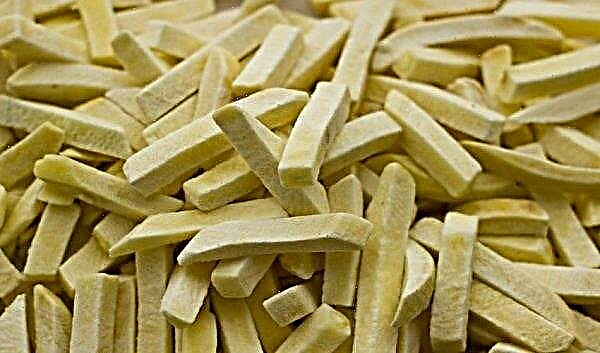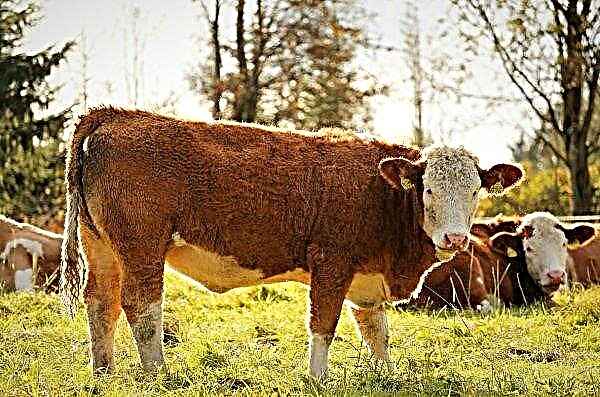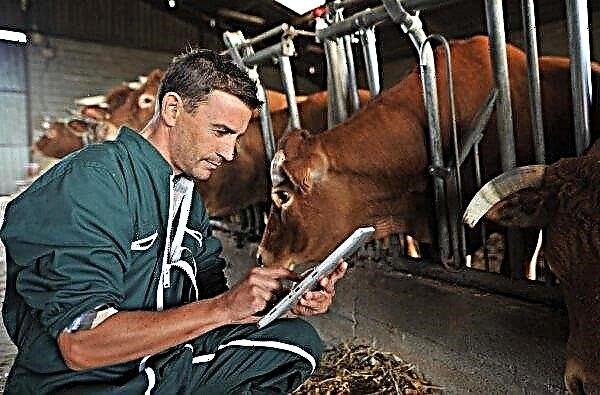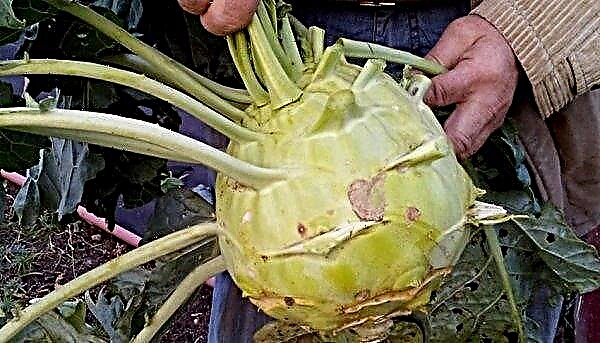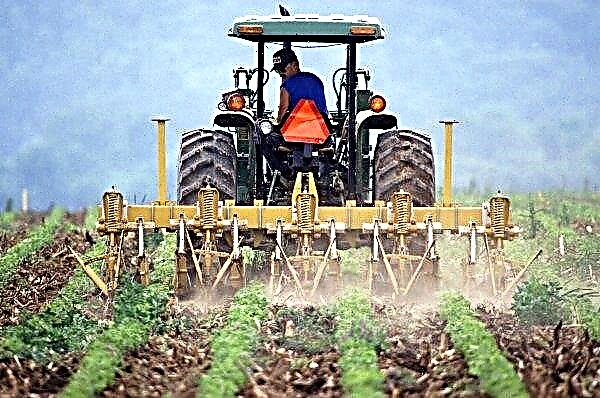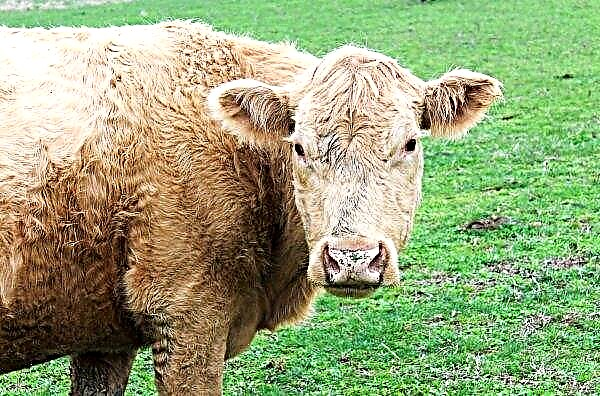Two biosystems with everything necessary for growing dwarf tomatoes went into outer space on November 19, 2018 - to prove to the whole world: in orbit, not only it is possible, but also alternative gardens to grow food for the inhabitants of the Earth.
The launch of greenhouses took place in the state of California (USA), on the basis of the Air Force. A satellite delivered dwarf tomatoes to near-earth orbit, and now the plants are successfully entering the vegetation phase.
Note that the “set of agronomist”, which flew into space, includes greenhouse cameras, seeds of dwarf tomatoes, unicellular algae as fertilizers and synthetic urine, which is converted into an edge for tomatoes.
Check out

Biocameras are a kind of closed greenhouses. Biofilters provide growing tomatoes with a comfortable existence: special containers are filled with lava stones, on which special bacteria settle and transform urine in stone pores into a unique fertilizer.
LED lamps create a day-night mode for plants, and the atmospheric pressure in greenhouses is as close as possible to the atmospheric pressure of our planet (1 bar). All processes are recorded on the cameras with which the greenhouses are equipped. The footage immediately goes to the base of the Microgravity Cosmonaut Support Center (MUSC).


